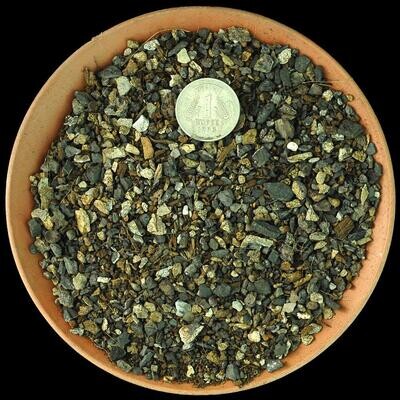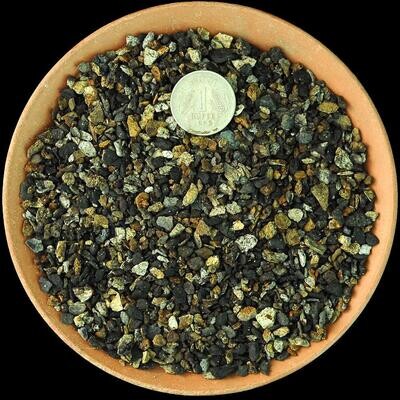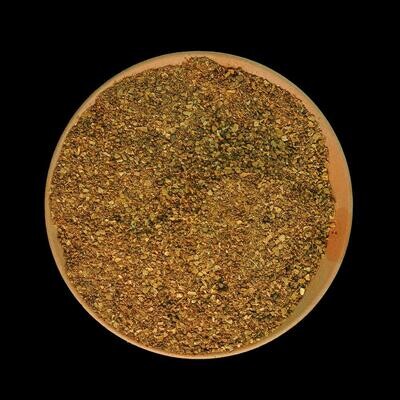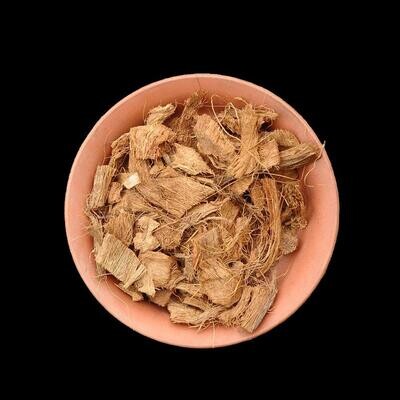Please check the Shipping Updates Page for information on shipping.
Euphorbia clavigera Blue Form
Etymology
The genus name "Euphorbia" is derived from Euphorbus, a Greek physician renowned for his early medicinal use of the plant's latex. This genus includes a diverse range of succulent plants, many recognized for their striking forms and latex production. The species name "clavigera" is derived from the Latin "clavis," meaning "key," and "gero," meaning "to carry,. The designation "Blue Form" indicates a specific cultivar or variant of Euphorbia clavigera characterized by its unique blue-green coloration, enhancing its ornamental appeal.
Origin
Euphorbia clavigera is native to the arid regions of southern Africa, particularly found in countries such as South Africa and Namibia. This species typically adapts to rocky, well-drained soils in dry habitats, where it thrives under high sunlight conditions. Its natural habitat plays a significant role in shaping the plant's physical characteristics and adaptations to low rainfall environments.
Description
Euphorbia clavigera Blue Form is a distinctive succulent characterized by a unique and attractive appearance. It often forms a low-growing rosette and can reach heights of 1 to 2 feet (30 to 60 cm). The plant features thick, fleshy stems and leaves that are a vibrant blue-green in color, giving it a striking visual appeal. The leaves are typically oval or elliptical, with a glossy appearance, arranged in a rosette pattern. During the flowering season, Euphorbia clavigera produces clusters of distinctive, key-like cyathia, which may display shades of yellow or cream, adding ornamental interest. The combination of its unique coloration and floral structure makes this cultivar particularly sought after by succulent enthusiasts.
Conservation Status
Currently, Euphorbia clavigera is not listed as endangered; however, it may face threats from habitat destruction and over-collection due to its popularity in ornamental gardening. Conservation efforts focused on preserving its natural habitats and promoting sustainable cultivation practices are essential for maintaining the species in the wild.
Care Instructions
Euphorbia clavigera Blue Form can be cultivated successfully with the right conditions. Here are the key guidelines for maintaining this attractive succulent:
- Light: Prefers full sun exposure, requiring at least 6 to 8 hours of direct sunlight daily for optimal growth and coloration.
- Water: Water sparingly, allowing the soil to dry out completely between waterings. Overwatering can lead to root rot, particularly during the dormant winter months.
- Soil: Use a well-draining cactus or succulent mix to ensure proper drainage. Adding perlite or coarse sand can enhance soil aeration and prevent moisture retention.
- Temperature: Thrives in warm conditions, ideally between 70°F to 85°F (21°C to 29°C). It is not frost-tolerant and should be protected from temperatures below 30°F (-1°C).
- Humidity: Prefers low humidity levels consistent with its native arid environment, ensuring good air circulation around the plant to avoid fungal issues.
- Fertilization: During the growing season (spring and summer), apply a diluted cactus fertilizer every 4 to 6 weeks to support healthy growth and flowering.





